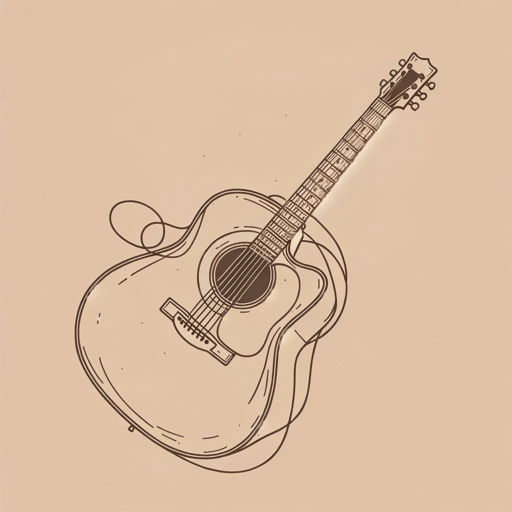86 pages • 2 hours read
Bruce SpringsteenBorn to Run: Biography
Nonfiction | Biography | Adult | Published in 2016A modern alternative to SparkNotes and CliffsNotes, SuperSummary offers high-quality Study Guides with detailed chapter summaries and analysis of major themes, characters, and more.
Themes
Music as a Cultural Influence
The moment he sees Elvis Presley explode onto the American music scene in 1956, Springsteen recognizes music’s power to do far more than entertain. In a world of polite homogeneity and taboo sexuality, Presley unleashes a firestorm of defiance and sexual innuendo. Much of the older generation, raised on big band music and the American songbook, see Presley as moral corruption incarnate, a sexually charged Pied Piper luring youth down a dark, perverse path. Concerned about Presley’s influence, the producers of The Ed Sullivan Show instruct their camera operators to shoot him only from the waist up. For Springsteen and a generation hungry for something adventurous, the strategy doesn’t work. The sneering confidence and sex appeal remain “in his eyes, his face, the face of a Saturday night jukebox Dionysus” (40). Elvis opens Pandora’s Box that night, and Springsteen glimpses a world larger and far more epic than New Jersey working-class life and strict Catholicism. The music gives him hope.
The mid-1960s British Invasion (The Beatles, The Rolling Stones, The Who) shows him rock music’s expansive possibilities—the harmonies, the sonic diversity, the rebellion. Hard rock blues groups like Cream and the Jimi Hendrix Experience inspire his early bands.
Featured Collections
Art
View Collection
Books About Art
View Collection
Books on Justice & Injustice
View Collection
Childhood & Youth
View Collection
Coming-of-Age Journeys
View Collection
Common Reads: Freshman Year Reading
View Collection
Community
View Collection
Contemporary Books on Social Justice
View Collection
Equality
View Collection
Family
View Collection
Fate
View Collection
Friendship
View Collection
Loyalty & Betrayal
View Collection
Memory
View Collection
Mental Illness
View Collection
Music
View Collection
The Power & Perils of Fame
View Collection
Trust & Doubt
View Collection
Truth & Lies
View Collection
Valentine's Day Reads: The Theme of Love
View Collection

